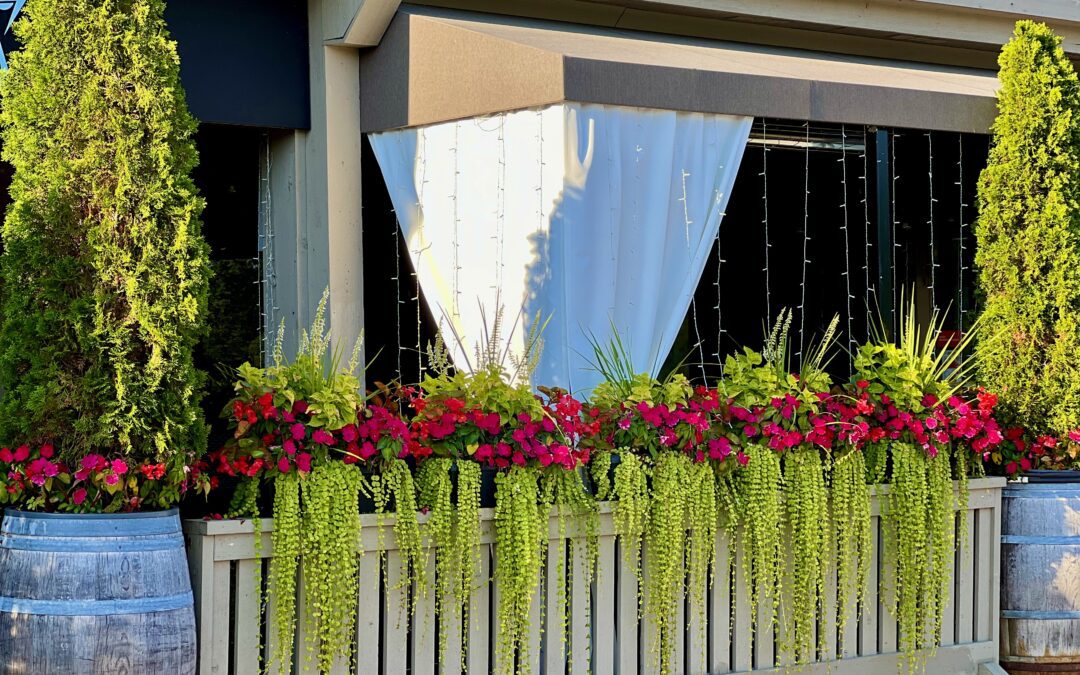As the wheel of the year turns, our gardens and landscapes undergo a breathtaking transformation. Each season brings a unique palette of colors, driven by the cyclical nature of plant growth and environmental changes. Understanding and appreciating these seasonal colors can enhance our connection to the natural world and inspire us to create vibrant, year-round landscapes. Let’s take a journey through the seasons and explore the remarkable color shifts that occur in our gardens and natural surroundings.
Spring: A Fresh Palette of Pastels and Brights
Spring is a season of renewal and awakening. After the subdued tones of winter, the landscape bursts into a riot of color. Early bloomers like crocuses, tulips, and daffodils herald the season with delicate pastels—soft pinks, baby blues, and buttery yellows. These early blooms are soon followed by the vibrant hues of azaleas, rhododendrons, and flowering cherries, which bring bold pinks, purples, and reds to the forefront.
Trees and shrubs begin to leaf out in varying shades of green, from the tender lime greens of new growth to the deeper, more established hues. The juxtaposition of these fresh greens with the bright flowers creates a lively and refreshing scene that symbolizes growth and new beginnings.
Summer: Rich and Lush
Summer is the season where the landscape is at its fullest and most lush. The color palette transitions to deeper and more intense shades. Annuals like sunflowers and marigolds showcase fiery oranges, vivid reds, and sunny yellows, while perennials such as coneflowers and daylilies add splashes of purples, pinks, and golds.
Trees and shrubs are in their prime, with dense green canopies providing a backdrop to the vibrant floral displays. The lush foliage can vary from the dark greens of evergreens to the variegated patterns of summer shrubs. Summer also introduces more dramatic colors in the form of fruits and berries, with the bright reds of raspberries and the deep purples of plums adding a new dimension to the landscape.
Autumn: A Symphony of Warm Tones
Autumn is arguably the most dramatic season for color changes in the garden. As temperatures cool and daylight wanes, many trees and shrubs begin their transition into brilliant fall colors. The green leaves of summer turn into a kaleidoscope of warm tones—fiery reds, burnt oranges, golden yellows, and deep purples.
Maples are particularly famous for their spectacular fall foliage, with their leaves transforming into vibrant shades of red and orange. Oaks and hickories contribute to the autumn tapestry with rich browns and rusts. The landscape is dotted with the colorful remnants of autumn, from the bright orange of pumpkins to the golds and browns of fallen leaves.
Winter: Subtle Elegance
Winter’s color palette is often more subdued but no less beautiful. The stark, bare branches of deciduous trees and shrubs create striking silhouettes against the winter sky. Evergreens—such as pines, spruces, and hollies—stand out with their rich, dark greens, providing a sense of continuity and life amidst the cold.
Winter also brings its own special colors, such as the vibrant red of winterberries and the soft, delicate hues of frost and snow. Garden structures and hardscapes, like stone walls and garden ornaments, can take on a new character against the winter backdrop, adding texture and contrast.
Creating a Year-Round Color Scheme
Understanding seasonal color changes can help you design a garden that offers visual interest throughout the year. By selecting a diverse range of plants that thrive in different seasons, you can create a dynamic landscape that evolves with the seasons. Incorporate early bloomers for spring, vibrant annuals for summer, colorful deciduous trees for fall, and evergreen plants for winter.
Additionally, consider the interplay of textures and forms, not just colors. The juxtaposition of smooth evergreen leaves with the rough bark of deciduous trees or the contrast between the soft hues of winter berries and the stark winter landscape can add depth and interest.
Final Thoughts
Seasonal colors in plants and landscapes are a reminder of the beauty and variety that nature offers throughout the year. By paying attention to these changing hues, we can cultivate a deeper appreciation for the natural world and create gardens that celebrate each season’s unique charm. So whether you’re planning a new garden or simply enjoying your current one, embrace the colors of each season and let your landscape become a canvas of natural artistry.


